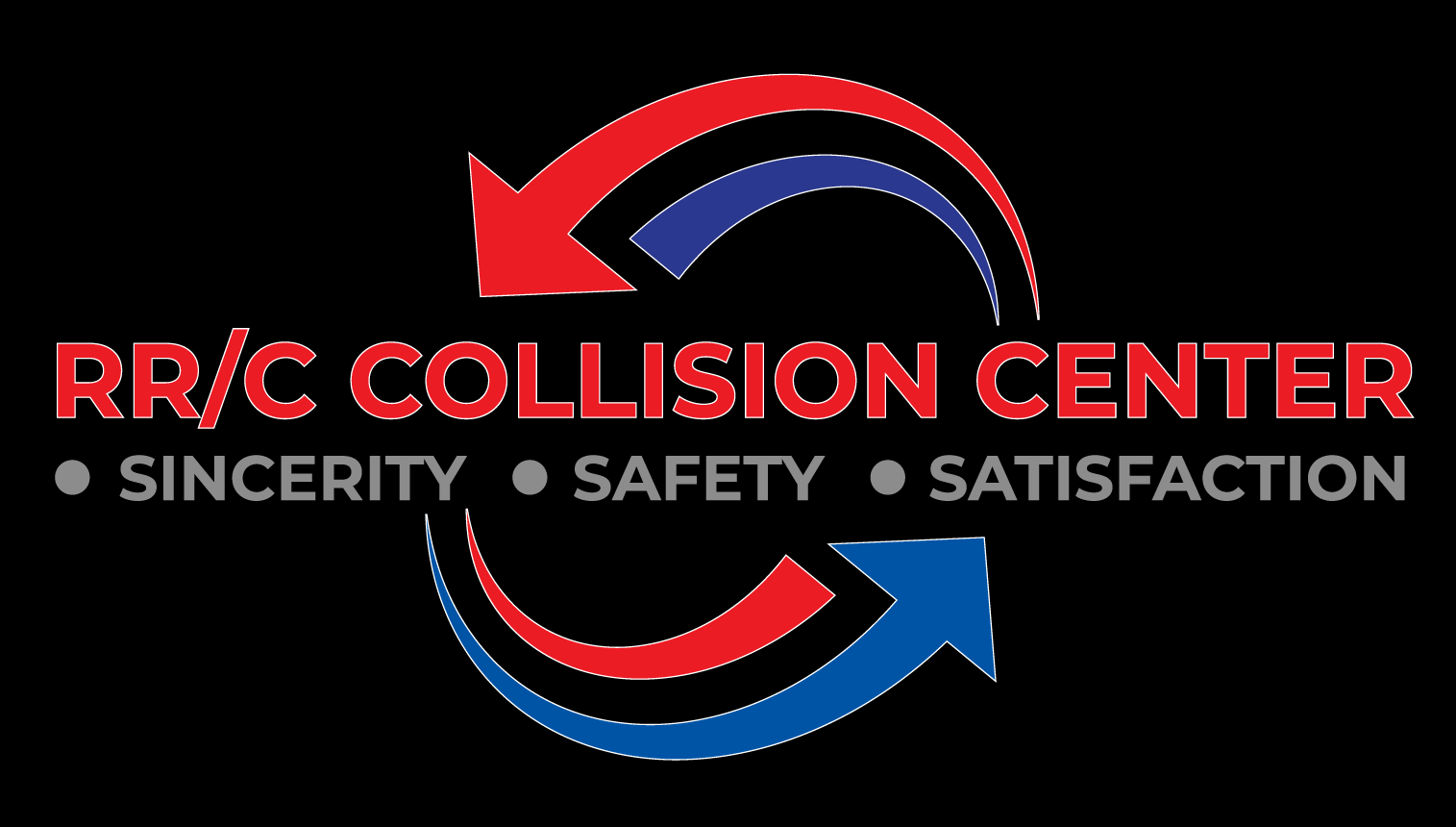Navigating the Claims Process
When it comes to collision repairs, dealing with insurance claims can be a daunting task. However, understanding the claims process and familiarizing yourself with policy terms can make the experience much smoother. Here are some valuable insights to help you handle insurance claims effectively and maximize your coverage.
First and foremost, contact your insurance provider as soon as possible after the collision. Report the incident and provide all the necessary details, including the date, time, and location of the accident, as well as any relevant photos or documentation. Your insurance company will guide you through the next steps, such as filing a claim and scheduling an inspection.
Understanding Policy Terms
To ensure a successful insurance claim, it’s crucial to understand your policy terms. Familiarize yourself with the coverage limits, deductibles, and any specific conditions that may apply to collision repairs. Some policies may require you to use specific repair shops or undergo multiple inspections. Knowing these details in advance will help you navigate the process more efficiently.
Additionally, be aware of any additional coverage options you may have, such as rental car reimbursement or OEM (Original Equipment Manufacturer) parts coverage. These provisions can significantly impact your repair experience and minimize out-of-pocket expenses.
Maximizing Insurance Coverage
To maximize your insurance coverage, consider a few key strategies. Firstly, choose a reputable repair shop. Avoid shops that have established relationships with insurers, as these shops answer to the insurer – and do not have your best interest in mind.
When it comes to estimates, obtain multiple quotes from different repair shops. This will give you a better idea of the repair costs and ensure you’re not being overcharged. Remember, you have the right to choose the repair shop, so don’t feel pressured to settle for the first option.
Lastly, document the entire repair process thoroughly. Take photos before and after the repairs, keep copies of all invoices, and maintain a record of all communications with your insurance company. This documentation will serve as evidence and help resolve any potential disputes.
In conclusion, handling insurance claims for collision repairs doesn’t have to be overwhelming. By understanding the claims process, familiarizing yourself with policy terms, and maximizing your insurance coverage, you can streamline the entire experience. Remember to communicate promptly with your insurance provider, know your policy inside out, and choose reputable repair shops. With these insights, you’ll be well-prepared to navigate the world of insurance claims and ensure a successful collision repair journey.
